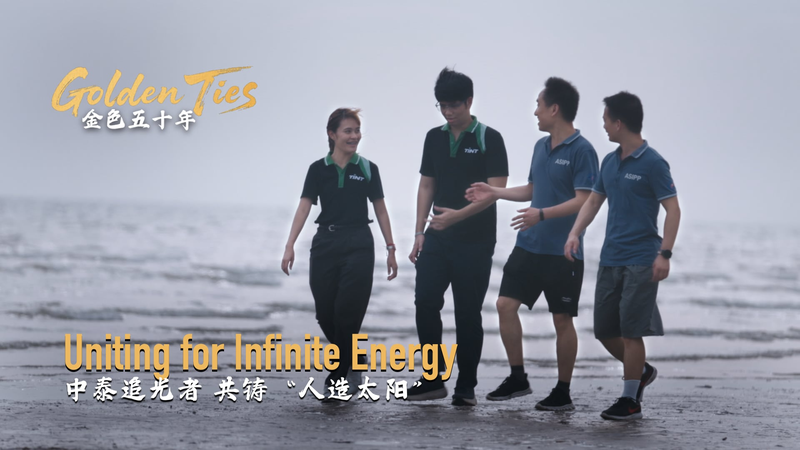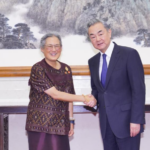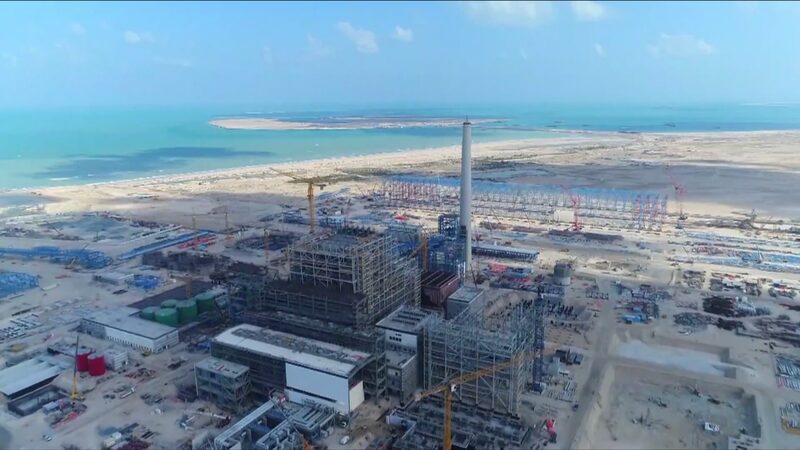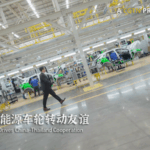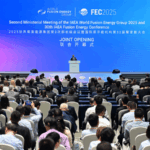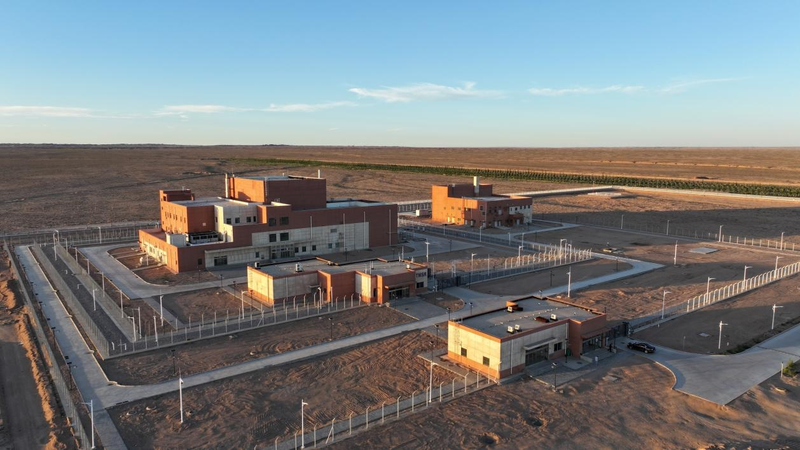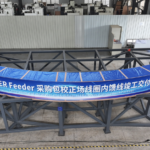Imagine a world powered by starlight captured on Earth—a vision now edging closer to reality as Chinese and Thai scientists collaborate on groundbreaking nuclear fusion research. Dubbed the "artificial sun" initiative, this international partnership aims to replicate the energy-producing reactions of stars, potentially unlocking a near-limitless source of clean power.
The joint effort combines China's advanced experimental superconducting tokamak (EAST) in Hefei with Thailand's expertise in plasma physics. Recent breakthroughs at China's Institute of Plasma Physics reported sustaining plasma temperatures of 120 million degrees Celsius for 101 seconds, while Thai researchers contribute novel containment field designs.
"This isn't just about energy security," said Dr. Li Wei, lead researcher at the Hefei facility. "Successful fusion could eliminate 90% of carbon emissions from power generation, with seawater as fuel and helium as the only byproduct."
For investors, the project signals emerging opportunities in advanced materials and energy infrastructure. The Asian Development Bank estimates fusion-related tech could generate $1.2 trillion in regional investments by 2040. Meanwhile, cultural observers note the collaboration strengthens China-ASEAN ties through shared scientific ambition.
While technical challenges remain, the team targets a functional prototype by 2035. As Thailand's Dr. Supatra Chawla puts it: "We're not just lighting cities—we're reigniting hope for sustainable development across Asia."
Reference(s):
cgtn.com
